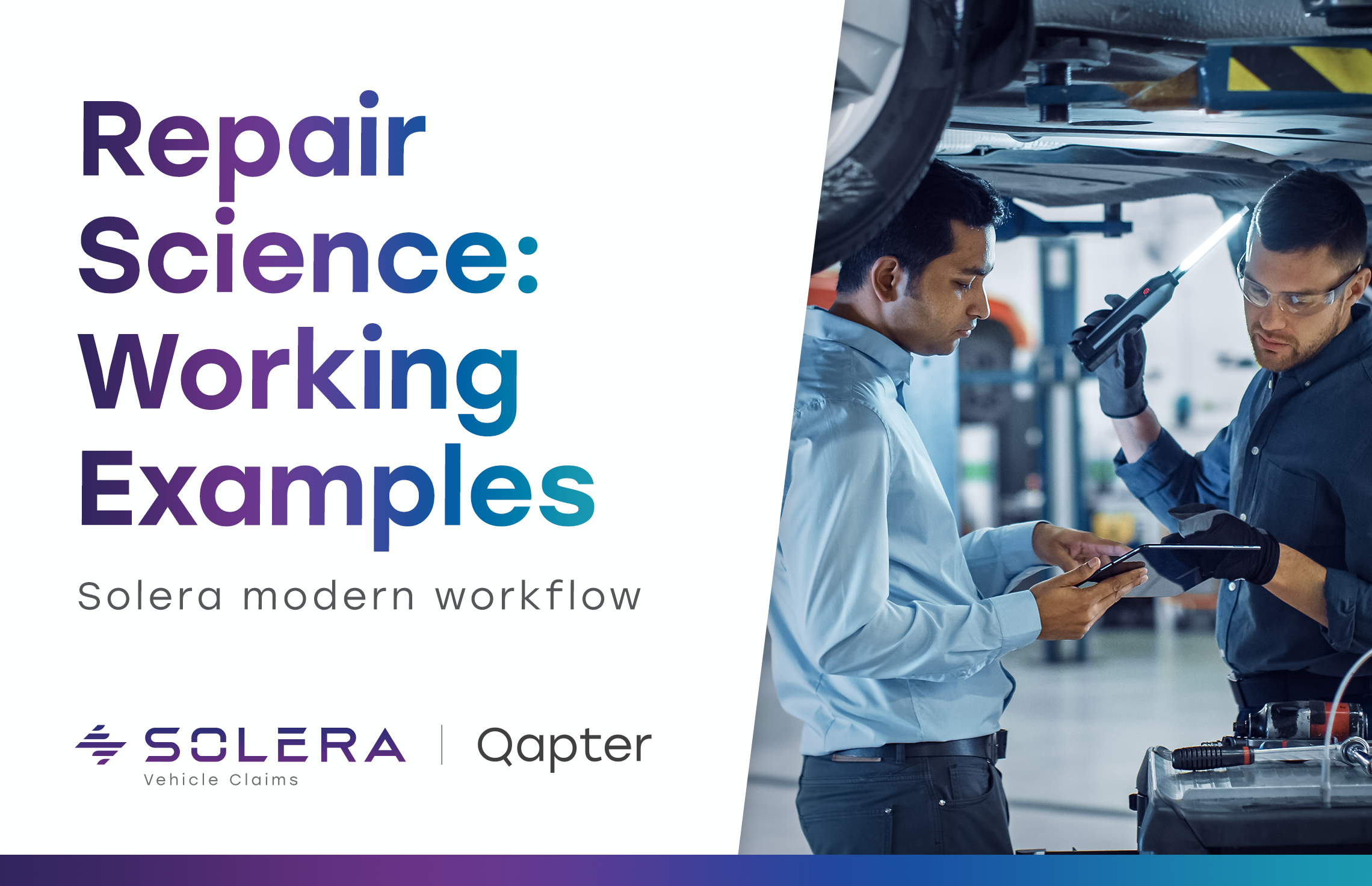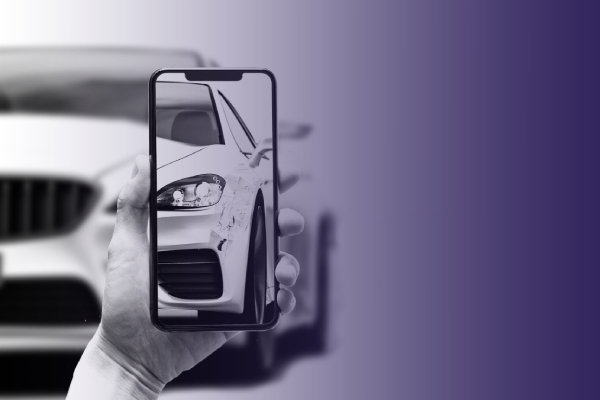
At Solera, the power of our solutions lies in our hybrid approach of combining data science and Repair Science™ to accelerate the adoption of automated estimating. With repair rules configured in the technology, our solutions are able to automatically calculate repair times, identify required parts, and generate accurate costs in a way that is transparent and aligned between insurers and repairers.
DATA SCIENCE:
- Categorize images
- Detects parts, damage and severity
REPAIR SCIENCE:
- Calculates repair times
- Identifies spare parts
- Influences pre-estimate
Leveraging these two building blocks of data science and repair science reduces complexities for claimants and speeds up the overall claims cycle.
PART MATERIALS IMPACT: REPAIR V. REPLACE
If AI technology detects a medium-sized dent on the left rear side panel of an Audi TT Mk1 which is made of steel, it can determine the left rear side panel is repairable. It can also determine the necessary materials cost and associated labor. However, if the vehicle were an Audi TTMk2 and had the exact same level of damage, the left rear side panel would most likely need to be replaced since this model’s left rear side panel is made from aluminum. Knowing the parts material impact upfront can completely shift the workflow—i.e. In the Mk2 example replacement parts now need to be ordered, the vehicle will be triaged to an aluminum specialist and the repair costs and operations will be adjusted.
MODEL SELECTION IMPACT ON PART COST
Another example of repair science would be AI detecting a damaged headlight on a 2017 BMW 3-Series. The replacement cost of an LED headlamp is around $1,700, whereas the standard model’s headlamp costs $442. And in this example, it’s not only the cost element impacted but also the reduced cycle time of ordering the correct parts as early as possible in the workflow to improve the overall customer journey.
AUTOMATING THE REPAIR PROCESS
Automating the repair estimating process is the holy grail in managing the claims cycle. But while you can teach computers to detect parts and damage through computer vision, the same cannot be said about teaching computers how to repair vehicles. That’s where Solera’s decades of experience in the car repair business, and the resulting wealth of global insights and data at a granular level, comes into play. These influences configure the systems that help calculate the repair times and costs, and ultimately position Solera’s hybrid approach of combining data science with the right repair science to accelerate automotive repair automation.





